Table Of Content
- Choose the Right Backpack for Your Hiking Adventure
- Consider the Following Factors
- Prevent Backpack Injuries by
- Properly Adjust Your Backpack for Optimal Support
- Find the Perfect Fit
- Ensure Proper Weight Distribution
- Adjust the Straps Correctly
- Check Your Posture
- Utilize Chest and Hip Straps
- Organize Your Backpack Weight Distribution Wisely
- Balance is Key
- Heavier Items at the Bottom
- Utilize Compartments and Pockets
- Consider Investing in a Backpack with Supportive Features
- Why Choose a Backpack with Supportive Features?
- Types of Supportive Features
- Final Thoughts
- Practice Proper Lifting Techniques When Putting on Your Backpack
- Why is Proper Lifting Important?
- Expert Tips for Lifting Your Backpack Safely
- Benefits of Proper Lifting Techniques
- Prevent Backpack Strain, Hike Pain-Free
- Gradually Increase the Weight You Carry in Your Backpack
- Why is Gradually Increasing Weight Important?
- Tips for Gradually Increasing Backpack Weight
- Benefits of Gradually Increasing Backpack Weight
- Final Thoughts
- Perform Regular Stretches to Prevent Backpack Strain
- Keep Your Muscles Limber and Happy
- Dynamic Stretches for Backpack Strain Prevention
- Benefits of Regular Stretching
- Listen to Your Body
- Listen to Your Body and Take Breaks When Needed
- Recognize the Signs
- Take Breaks Wisely
- Frequently Asked Questions (FAQs)
- What is backpack safety, and why is it important?
- How can I prevent backpack injuries while hiking?
- What are some tips for preventing backpack strain?
- Why is it essential to hike with a properly fitting backpack?
- What features should I look for in a backpack to improve safety?
- How can I prevent backpack strain on long hiking trips?
Embarking on a hiking adventure can be an exhilarating experience, allowing you to connect with nature and push your limits. However, as you prepare for your journey, it’s crucial to prioritize your safety, particularly regarding the most essential piece of equipment – your backpack. Backpack safety should not be taken lightly, as improper usage can lead to discomfort, strain, and even injuries.
As an expert in camping gear and equipment, I am excited to share valuable tips on preventing backpack injuries and ensuring a safe and enjoyable hiking experience. By understanding the importance of proper backpack usage, you can minimize the risk of strain and discomfort, allowing you to immerse yourself in the beauty of the great outdoors fully.
Whether you are a seasoned hiker or a novice adventurer, these backpack safety tips will help you navigate challenging trails quickly and confidently. From selecting the right backpack size to distributing weight evenly and maintaining proper posture, each tip is crucial in preventing backpack strain and injuries during hiking escapades.
Join me as we delve into backpack safety and discover how simple adjustments can improve your hiking experience. Let’s ensure that your backpack becomes not just a carrier of essentials but a trusted companion that supports you every step of the way.



Choose the Right Backpack for Your Hiking Adventure
When gearing up for a hiking adventure, selecting the perfect backpack is critical to ensuring a comfortable and safe journey. With many available options, finding the ideal backpack can be overwhelming. So, how do you choose the right one for your upcoming trek?
Consider the Following Factors:
- Size: Ensure the backpack size fits your torso length and holds all your gear.
- Comfort: Look for padded shoulder straps and a hip belt for support.
- Durability: Opt for a sturdy material that can withstand rugged terrains.
Prevent Backpack Injuries by:
- Properly Adjusting Straps: Distribute weight evenly to prevent strain.
- Choosing the Right Size: Oversized backpacks can lead to injuries.
- Regularly Maintaining the Backpack: Check for wear and tear to avoid accidents.
Remember, backpack safety is paramount when embarking on a hiking expedition. By selecting a backpack that fits well and adhering to backpack strain prevention techniques, you can enjoy your outdoor adventure without worrying about discomfort or injury.

Properly Adjust Your Backpack for Optimal Support
When gearing up for a hiking adventure, your backpack is your faithful companion, carrying all the essentials for your journey. Like a trusty sidekick, your backpack must be adjusted appropriately to prevent injuries and maximize comfort during outdoor escapades. Let’s dive into some crucial tips and tricks for ensuring your backpack provides optimal support.
Find the Perfect Fit
Backpack safety starts with finding a backpack that fits your body snugly. Always try on a backpack before purchasing, ensuring the straps are adjustable and can be tailored to your specific build.
Ensure Proper Weight Distribution
Preventing backpack injuries involves distributing weight evenly. Place heavier items closer to your back and center of gravity to avoid strain on your shoulders and back.
Adjust the Straps Correctly
When hiking with a backpack, ensure your shoulder straps are snug but not too tight, with the backpack sitting comfortably on your hips. Tighten the waist belt to transfer weight to your hips, reducing strain on your shoulders.
Check Your Posture
Keep a straight posture while wearing your backpack to prevent slouching, which can lead to back pain. Imagine your backpack as a part of your body, seamlessly aligning with your natural stance.
Utilize Chest and Hip Straps
Backpack strain prevention can be enhanced by using chest and hip straps to stabilize the load, preventing unnecessary movement while trekking challenging terrains.
Remember, your backpack should feel like an extension of yourself, offering support and comfort throughout your outdoor adventures. By following these simple guidelines, you can ensure a safe and enjoyable hiking experience without worrying about discomfort or injuries.
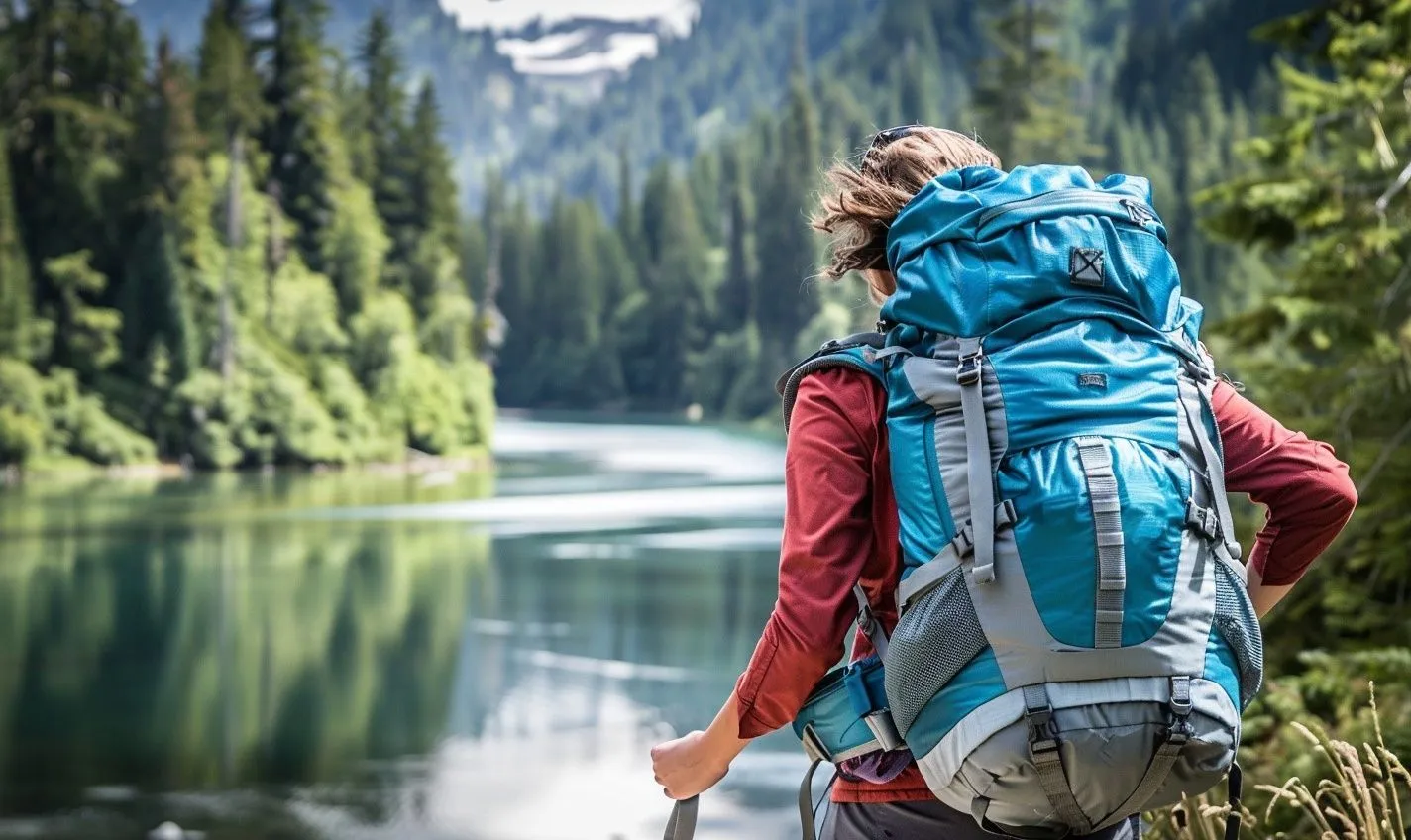
Organize Your Backpack Weight Distribution Wisely
So, you’ve got your backpack on, ready for that epic hiking adventure. But have you considered organizing your backpack weight distribution wisely to prevent strain and injuries? Explore some essential tips to ensure a comfortable and safe hiking experience!
Balance is Key
Imagine your backpack as a delicate scale, with proper weight distribution on each side. Ensuring balance will help prevent strain on your back and shoulders.
Heavier Items at the Bottom
Just like building a sturdy base for a tower, placing heavier items at the bottom of your backpack will provide stability and prevent the weight from pulling you back.
Utilize Compartments and Pockets
Organize your gear strategically in different compartments and pockets. This helps distribute weight evenly and allows easy access to essential items without rummaging through your entire pack.
As you embark on your hiking journey, remember how you pack your backpack. This can significantly impact your comfort and safety. These simple yet crucial tips prevent backpack strain and allow you to enjoy your outdoor adventure!
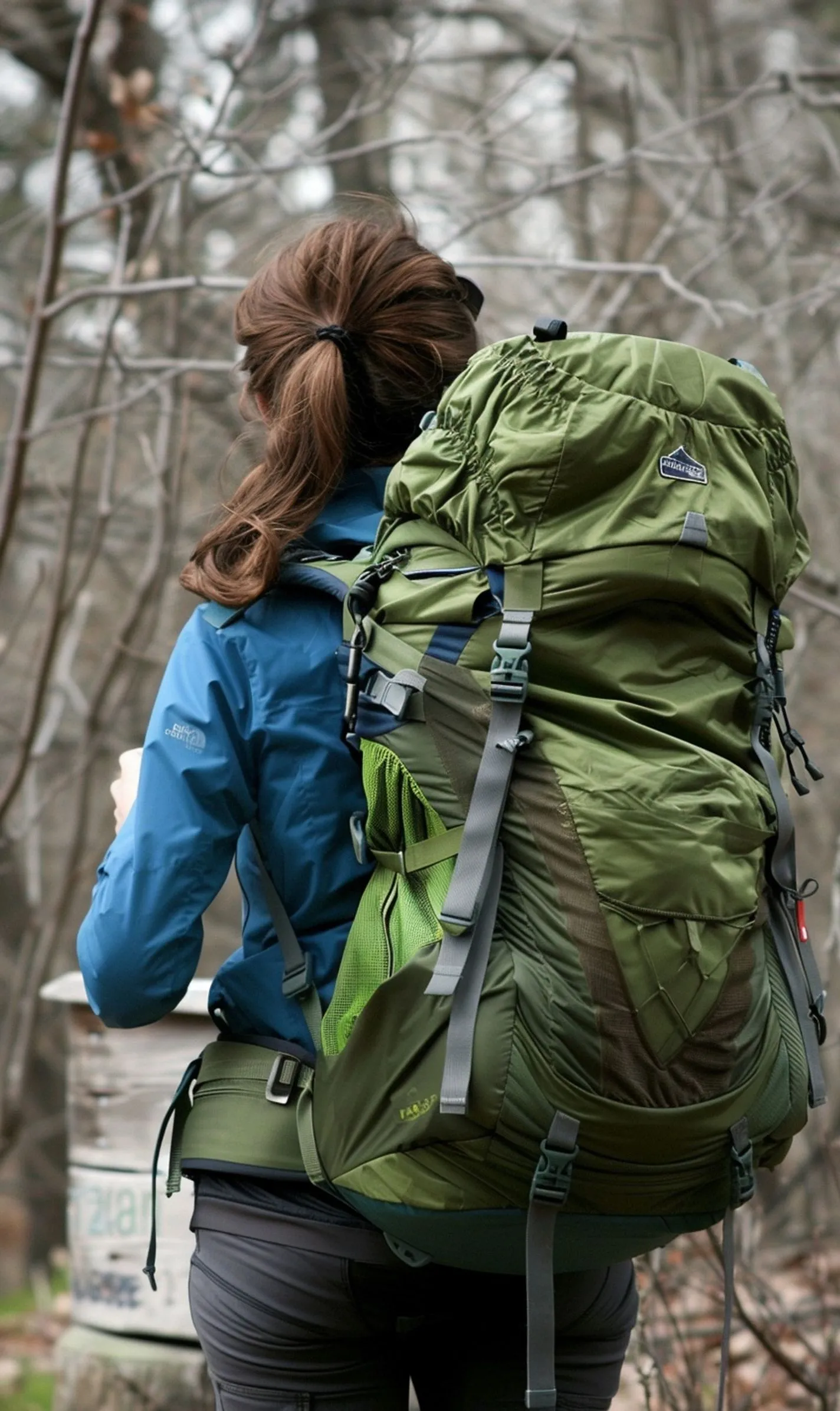

Consider Investing in a Backpack with Supportive Features
When hiking with a backpack, your gear can make all the difference between an enjoyable trek and a painful experience. One crucial aspect to consider for backpack safety is investing in a backpack that offers supportive features to prevent injuries and strain.
Why Choose a Backpack with Supportive Features?
Backpack strain prevention is essential for any outdoor enthusiast. A backpack with supportive features can help distribute weight evenly, reducing the risk of strain and injury. Here’s why you should consider investing in one:
Improved comfort: Supportive features such as padded shoulder straps and a waist belt can significantly improve comfort during long hikes.
– Enhanced stability: Backpacks with a sturdy frame or internal support system can provide better stability, minimizing the strain on your back and shoulders.
– Adjustability: Look for a backpack that allows you to adjust the straps and distribute weight effectively to suit your body’s unique needs.
– Durability: Quality backpacks with supportive features are often more durable, ensuring they can withstand the rigors of outdoor adventures.
Types of Supportive Features
When shopping for a backpack, keep an eye out for the following supportive features that can help prevent backpack injuries:
1. Padded shoulder straps: Cushioned straps can reduce pressure on your shoulders and prevent discomfort.
2. Waist belt: A waist belt helps transfer weight from your shoulders to your hips, easing the strain on your back.
3. Ventilation: Backpacks with proper ventilation can reduce sweating and chafing, enhancing overall comfort.
4. Compression straps allow you to adjust the pack’s size, keeping the load stable and preventing it from shifting while hiking.
Final Thoughts
Investing in a backpack with supportive features is worthwhile for anyone who enjoys hiking or camping. By prioritizing backpack safety and preventing injuries, you can focus on the beauty of the great outdoors without the distraction of discomfort or strain.

Practice Proper Lifting Techniques When Putting on Your Backpack
So, you’ve found the perfect backpack for your next hiking adventure, properly adjusted it for optimal support, organized the weight distribution, and even considered investing in one with supportive features – great job! As you gear up for your hike, focusing on preventing backpack injuries is crucial. A critical aspect is practicing proper lifting techniques when putting on your backpack.
Why is Proper Lifting Important?
Imagine your backpack as a treasure chest filled with all your essentials for an epic journey. Like pirates securing their loot, you must carefully lift and position your backpack to ensure you don’t strain your muscles or injure yourself before the real adventure begins.
Expert Tips for Lifting Your Backpack Safely:
- Start by bending your knees, not your back, to pick up the backpack.
- Use both hands to lift the backpack evenly without overloading one side of your body.
- Engage your core muscles to support your back as you lift and adjust the backpack.
- Avoid sudden, jerky movements when putting on or taking off your backpack.
Benefits of Proper Lifting Techniques:
Following these simple yet effective tips significantly reduces the risk of backpack strain or injury. When you lift your backpack correctly, you protect your body and set yourself up for a more comfortable and enjoyable hiking experience.
Prevent Backpack Strain, Hike Pain-Free:
Like how a well-wrapped gift is a delight, a properly lifted backpack sets the tone for a fantastic hike; remember that a backpack supports you on your journey, not weighs you down. So, lift it carefully, listen to your body, and confidently embark on your adventure!

Gradually Increase the Weight You Carry in Your Backpack
Hiking with a backpack can be an enriching experience. You can explore the great outdoors with all your essentials on your back. However, to ensure a safe and enjoyable hiking trip, it is essential to be mindful of your weight to prevent backpack injuries.
Why is Gradually Increasing Weight Important?
Imagine your body as a muscle-building machine – just as you wouldn’t lift the heaviest weight at the gym on your first day, you shouldn’t overload your backpack in a single trip.
Preventing backpack injuries is about conditioning your body slowly and steadily, allowing your muscles and joints to adjust to the added weight over time. Here’s how you can do it:
Tips for Gradually Increasing Backpack Weight:
- Start with a light load and increase it incrementally.
- Add 5-10% more weight to your backpack with each hike.
- Listen to your body – if you experience discomfort, dial back the weight.
- Consider using sand or water-filled containers to adjust the weight quickly.
Benefits of Gradually Increasing Backpack Weight:
By preventing backpack injuries through gradual weight increase, you are effectively building your strength and endurance. This approach helps you:
- Reduce the risk of muscle strains and joint injuries.
- Improve your overall hiking performance and stamina.
- Allow your body to adapt to heavier loads without undue stress.
Final Thoughts
Remember, backpack safety is not just about the gear you choose or how you wear it—it’s also about being mindful of your weight. Preventing backpack injuries and gradually increasing the load can ensure a more comfortable and sustainable hiking experience. So, take it slow, listen to your body, and enjoy the journey!

Perform Regular Stretches to Prevent Backpack Strain
Imagine your backpack as a loyal friend, always by your side during hiking adventures. But just like how a friend can sometimes weigh on your mind, carrying a bag for extended periods can lead to strain and discomfort. To build a robust relationship with your backpack, you must take care of its well-being and yours.
Keep Your Muscles Limber and Happy:
Backpack safety isn’t just about choosing the right gear and how you treat your body. By incorporating simple stretches into your pre and post-hiking routine, you can prevent backpack injuries and ensure a smoother trek. Regular stretches keep your muscles limber and happy, reducing the risk of strain and discomfort.
Dynamic Stretches for Backpack Strain Prevention:
- Neck rolls to release tension.
- Shoulder shrugs to relax tense muscles.
- Trunk twists for spine flexibility.
- Hamstring stretches to maintain lower body flexibility.
Benefits of Regular Stretching:
Hiking with a backpack can be an exhilarating adventure, but caring for your body is crucial. By incorporating stretching into your routine, you not only prevent backpack strain but also enhance your overall hiking experience. Your muscles will thank you for the extra TLC.
Listen to Your Body:
Preventing backpack injuries is all about being in tune with your body. If you start feeling discomfort or strain while hiking, take a moment to assess your backpack’s posture and weight distribution. Remember, your body communicates its needs—listen carefully and adjust accordingly.

Listen to Your Body and Take Breaks When Needed
When embarking on a hiking adventure with a backpack, ensuring backpack safety is crucial to prevent injuries and strains. While proper backpack selection and adjustment are essential, listening to your body is another critical aspect to keep in mind.
Recognize the Signs
Your body communicates with you, signaling when it needs a break or is under strain. Paying attention to these signals is vital to prevent backpack injuries and strains. Signs to watch out for include:
- Shoulder pain
- Back pain
- Neck stiffness
Take Breaks Wisely
Ignoring these signals can exacerbate the strain on your body. Taking breaks when needed is essential to give your muscles and joints time to rest and recover. Here are some tips on taking breaks:
- Find a comfortable spot to rest
- Remove your backpack to lighten the load on your body
- Perform gentle stretches to alleviate tension
Remember, taking short breaks throughout your hike can help prevent backpack strain and allow you to enjoy the journey without discomfort.
Conclusion
In conclusion, prioritizing backpack safety is essential for a successful and enjoyable hiking experience. By taking the necessary precautions and following the tips mentioned in this blog post, you can prevent backpack injuries and strain, allowing you to immerse yourself in the beauty of the great outdoors fully.
Remember to choose a well-fitted backpack, distribute weight evenly, adjust straps properly, and listen to your body’s signals to avoid overexertion. Investing in quality gear and equipment, such as ergonomic backpacks and storage solutions, can further enhance your hiking adventures.
By being mindful of backpack safety, you protect yourself from potential injuries and ensure you can fully embrace all the wonders nature offers. So, next time you hit the trails, remember these tips and embark on your journey with confidence and peace of mind.
Stay safe, have fun, and happy hiking!
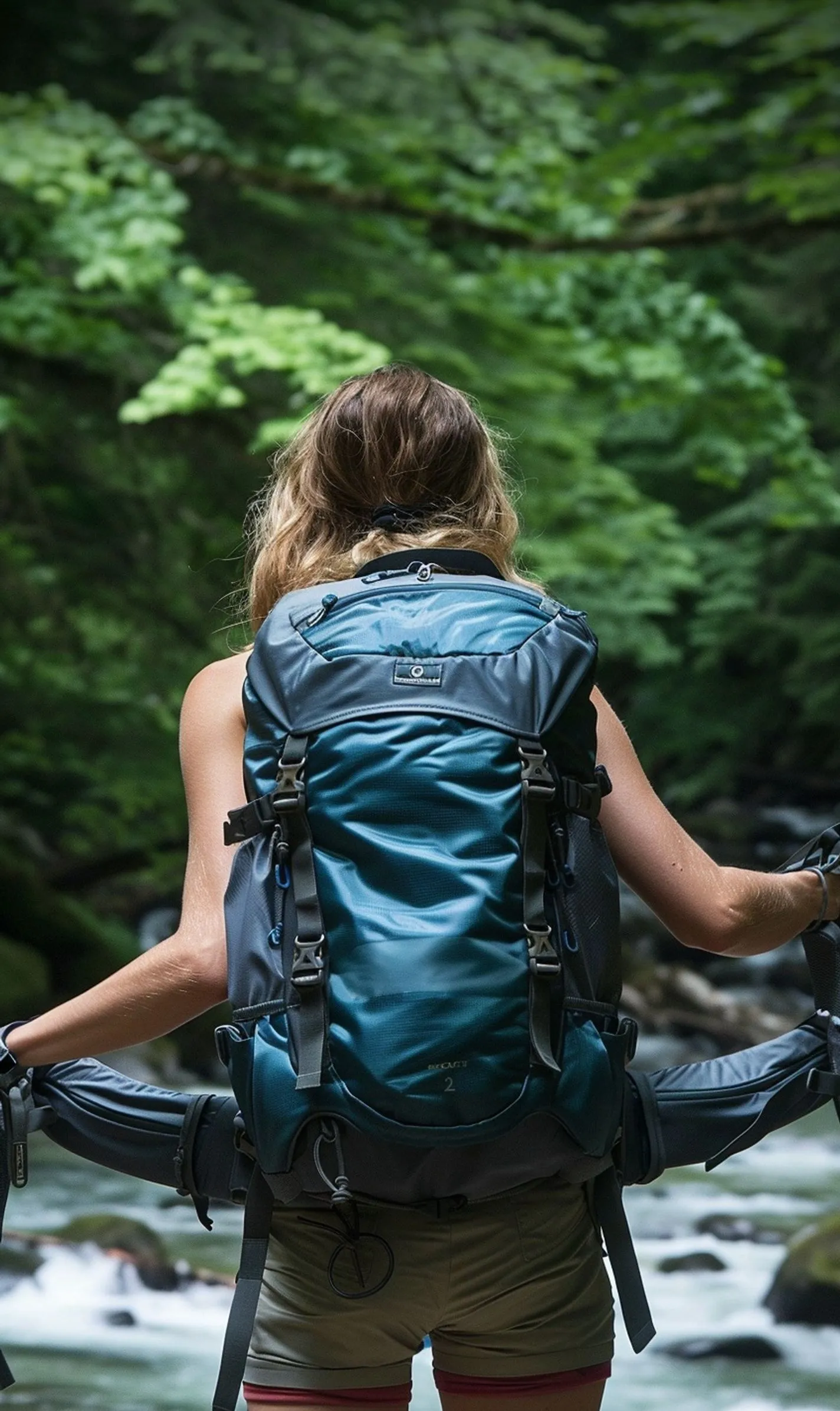
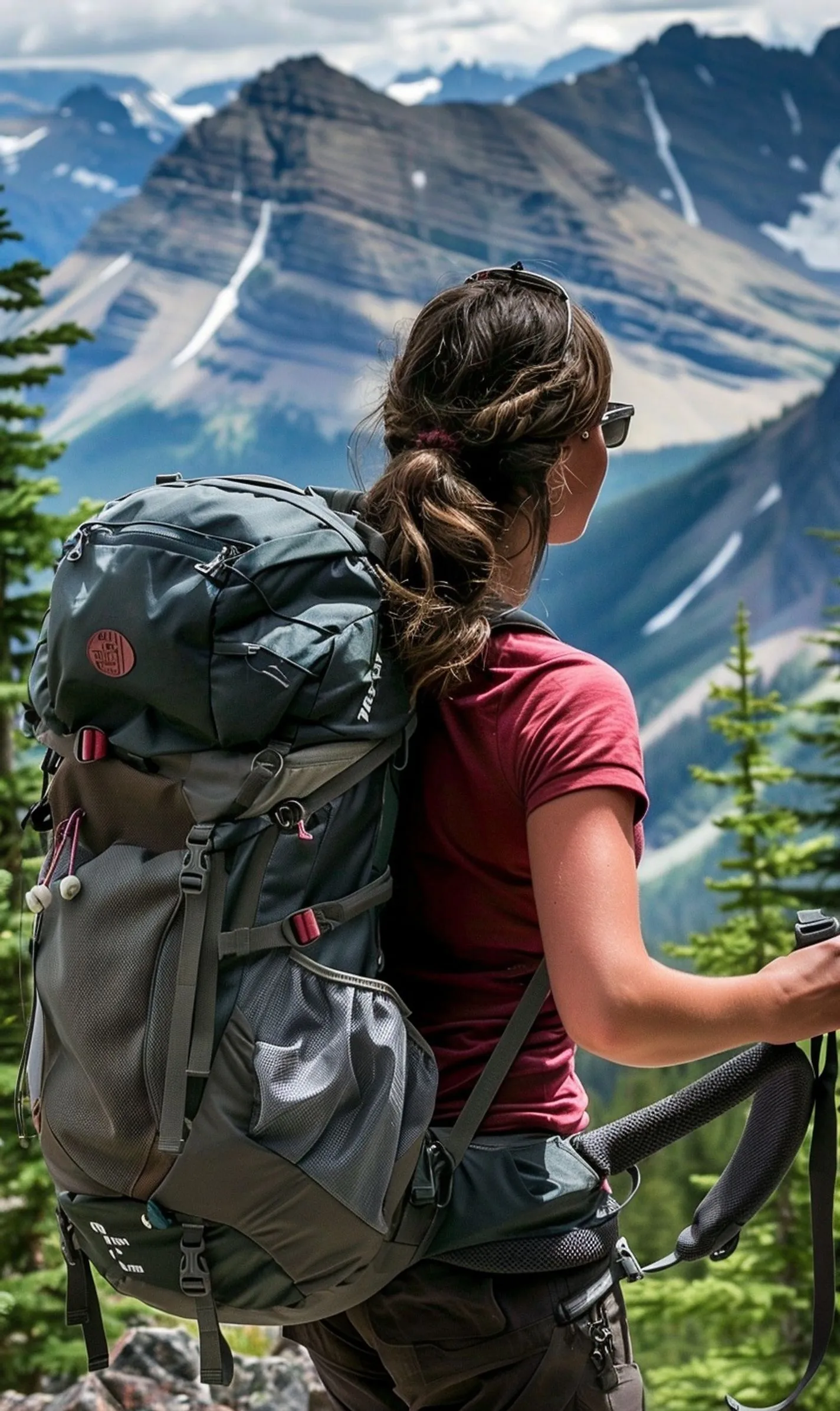
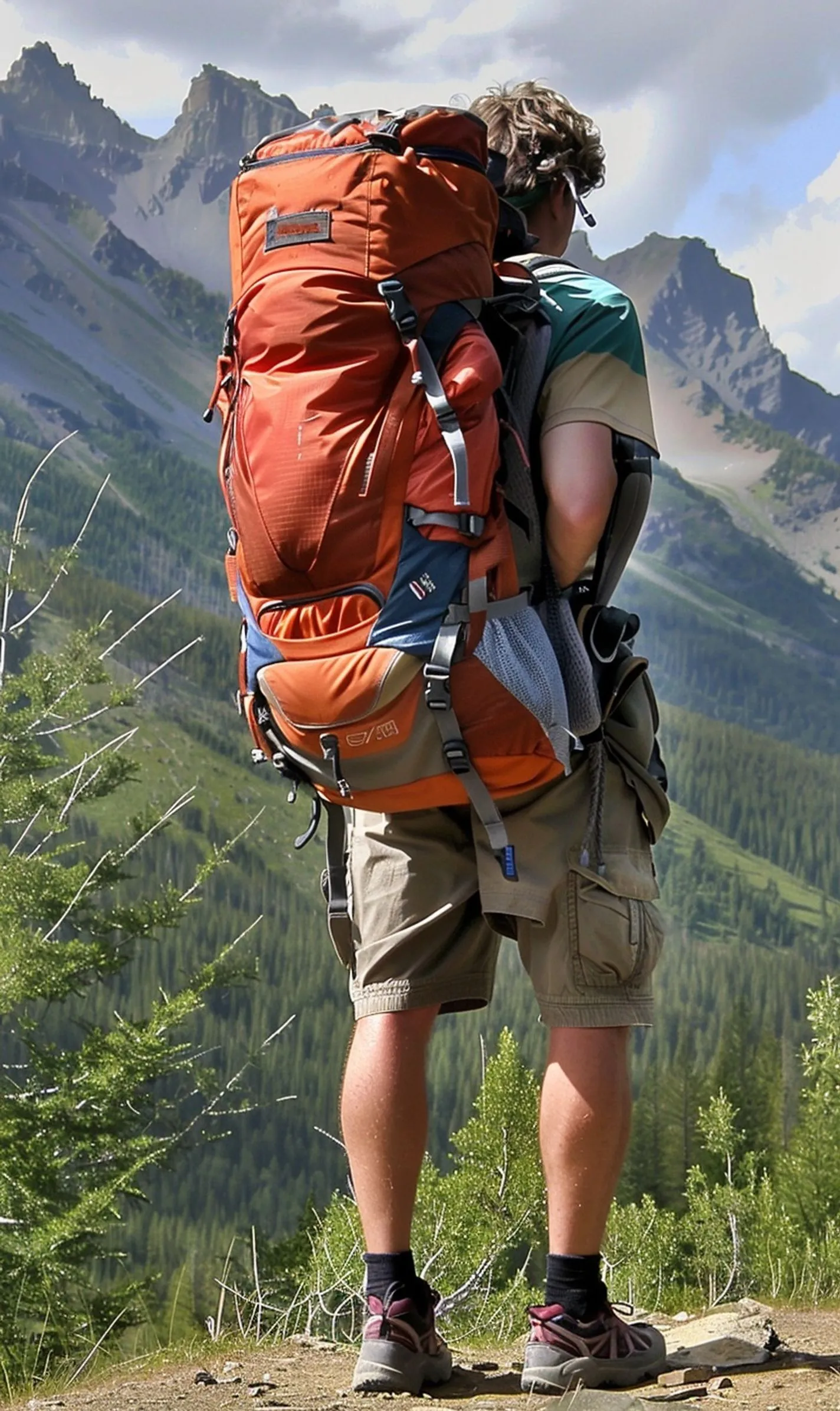
Frequently Asked Questions (FAQs)
What is backpack safety, and why is it important?
Backpack safety refers to practices and techniques to prevent backpack injuries while hiking or camping. It is essential to avoid strain and discomfort during outdoor activities.
How can I prevent backpack injuries while hiking?
To prevent backpack injuries while hiking, ensure your backpack fits properly, distribute weight evenly, and adjust straps to minimize strain on your shoulders and back.
What are some tips for preventing backpack strain?
Some tips for preventing backpack strain include packing light, using a backpack with proper support features, and taking breaks to give your shoulders and back a rest.
Why is it essential to hike with a properly fitting backpack?
Hiking with a properly fitting backpack helps prevent injuries and discomfort by evenly distributing weight and reducing the strain on your body.
What features should I look for in a backpack to improve safety?
Look for backpacks with padded straps, adjustable waist belts, and chest straps for better weight distribution and support, enhancing hiking safety.
How can I prevent backpack strain on long hiking trips?
To prevent backpack strain on long hiking trips, adjust your backpack regularly, practice good posture, and engage in exercises to strengthen your back muscles.







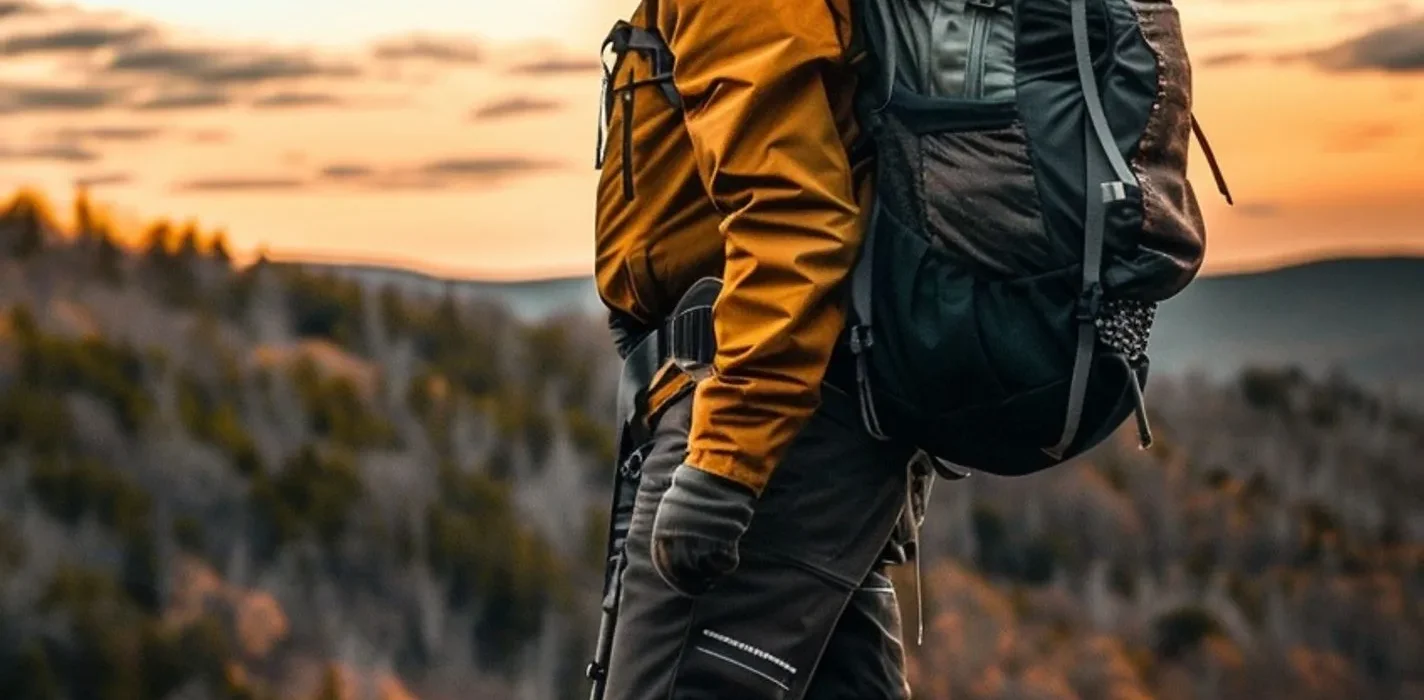




No Comment! Be the first one.